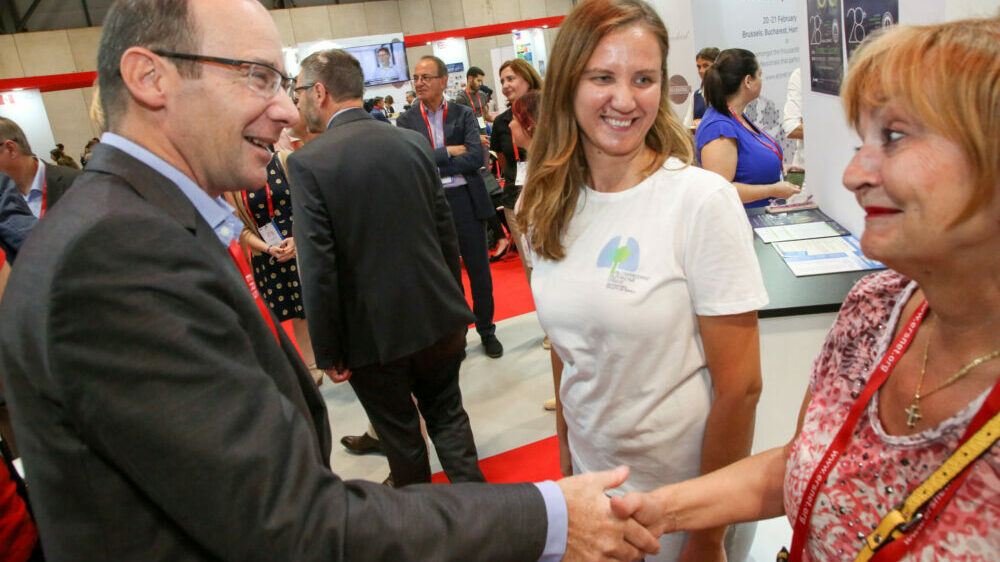High quality evidence to support the use of rehabilitation in inoperable lung cancer is scarce. The randomized controlled trial by Edbrooke and colleagues investigated whether compared with usual care during and following treatment for inoperable lung cancer, home-based rehabilitation may improve physical function (including exercise capacity, physical activity and muscle strength), and patient-reported outcomes (comprising health-related quality of life and symptom levels). The trial aimed to encourage participation in an 8-week programme of structured, progressive physical activity and exercise while participants were also attending medical centres for active cancer treatment (chemotherapy or radiotherapy, commenced no more than 4 weeks prior to enrolment). Although the home-based programme did not significantly modify physical function, it generated significant improvements in health-related quality of life and symptom levels and thus provided important evidence regarding the safety of such comprehensive home-based rehabilitation programmes.
The inability to supervise the intensity at which participants performed exercise training at home constitutes according to the authors a plausible explanation for the lack of a significant improvement in physical function. It is thus likely that many participants were exercising at lower intensities than required to induce true physiological training effects. Furthermore, the authors reported suboptimal adherence to the prescribed exercise component of the intervention. The authors reasoned that physical function findings may have been influenced by a significant effect of the toxicities of radical chemoradiation, which tend to peak towards the end of the course of 6 weeks of treatment and in the 2 week afterwards, thereby preventing participants from exercising regularly.
###Comment
For home-based programmes to be effective in this population, authors recommended that intervention designs should be flexible and include options to perform supervised exercise training in hospital, at home or in community-based settings according to patient preferences. Notably, the authors recognised the importance of the emerging tele-rehabilitation technologies including virtual rehabilitation via video conferencing and tele-monitoring using wearable technologies to enable remote monitoring and prompt patient feedback to better gauge exercise intensity and adherence. Physical activity tele-coaching may also constitute a good option to remotely progress daily physical activity levels in this population. It is thus important to appreciate that while there is much to learn about how pulmonary rehabilitation should be integrated and facilitated with active cancer therapy, there is no doubt that physical activity promotion therapies will have an important role to play in this population.




